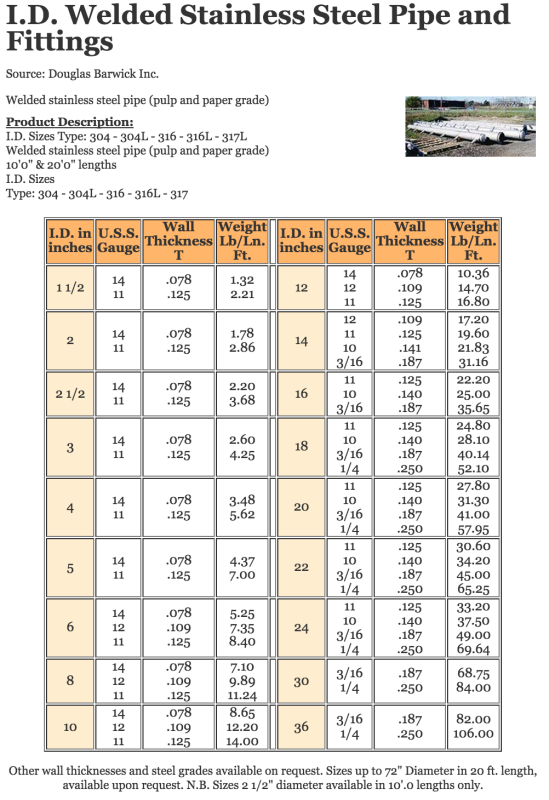ceenote
Petroleum
- May 23, 2015
- 23
Hi,
My question is regarding steel pipe fittings. I understand there are various wall thicknesses available for line pipes.
1) My question now is are the wall thickness for the butt weld fittings (elbows, tees, reducers etc.) limited to light weight, std., x-heavy etc.
In other words, can you have butt weld fittings with less than light wall thickness?
Another question I have is are reducers and Tees (butt weld) always seamless? Someone that knows about their manufacturing processes can please shed a light on this.
I have these questions because I am working retrospectively on Transmission pipelines.
Thank you.
My question is regarding steel pipe fittings. I understand there are various wall thicknesses available for line pipes.
1) My question now is are the wall thickness for the butt weld fittings (elbows, tees, reducers etc.) limited to light weight, std., x-heavy etc.
In other words, can you have butt weld fittings with less than light wall thickness?
Another question I have is are reducers and Tees (butt weld) always seamless? Someone that knows about their manufacturing processes can please shed a light on this.
I have these questions because I am working retrospectively on Transmission pipelines.
Thank you.

